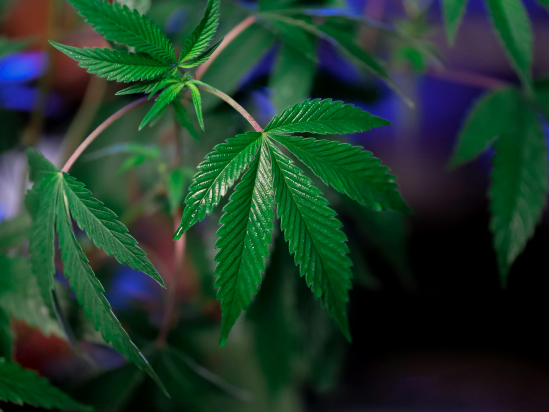Sansi LED: Sustainable LED Lighting and Integrated LED Display
Delivering premium and professional LED Display, LED Lighting, Smart City Integration solutions, trusted by over 60,000 companies worldwide everyday. From industrial lighting to commercial lighting, from outdoor advertising to XR & VR production, Sansi LED greatly improves the quality and sustainability of your business with 30 years of expert experiences.
Cannabis cultivation involves different stages of growth, each requiring specific care and attention. If you're planning to grow cannabis plants, it's essential to understand these stages and the time it takes for the plants to mature.
The first stage is seed germination. To germinate cannabis seeds successfully, provide them with the right humidity, air, water, and warmth. Place the seeds in a dark, moist, and warm environment. Once they crack and develop a taproot, transplant them into small pots with suitable growing medium. The taproot will continue to grow, producing the first cotyledon (also known as a seed leaf).

During the next seedling stage, the seed will crack and grow a pair of small leaves, followed by a single leaf with serrated edges. As the seedling develops, it will produce leaves with multiple leaflets, eventually growing finger-like leaves with serrated edges, often referred to as cannabis fan leaves. This stage typically lasts for about 3 weeks.
Next is the growth stage, during which healthy cannabis plants will grow larger and taller. At this point, the plant will mainly focus on growing stems and leaves. The flowering stage will only begin when the days become shorter, typically in the fall. Most indoor cannabis growers keep their plants in the growth stage for 4 to 8 weeks, depending on the desired size. Plants may start flowering as early as the 4th week, but they will be smaller in size. Allowing more time for the plants to grow will result in larger plants and higher yields. Indoor growers need to set their light timers to a 12/12 hour light schedule to encourage the flowering stage.
Outdoor plants enter the flowering stage naturally as the days become shorter. Autoflowering cannabis varieties do not require a change in the light cycle to start flowering. The vegetative phase for outdoor plants usually lasts around 4 weeks, after which they automatically transition to the flowering phase.
In the last few weeks, cannabis buds reach their maximum weight. They become squishy and emit a strong odor, indicating that harvest time is approaching. The pistils of the cannabis plant turn creamy white, brown, and white during this phase, curling inward and becoming covered with trichomes. Growers must closely monitor these changes, as they are important indicators of the optimal time to harvest.
For controlled growing conditions, indoor cultivation is the best option. Greenhouses can provide sufficient sunlight and better control over the plant's environment. Dark hours are crucial for certain growth stages, and greenhouses can offer control through roof covering systems or blackout curtains. However, they tend to be more expensive and may not be suitable for growers on a budget.
Indoor growers can sow seeds at any time of the year by effectively managing indoor conditions such as humidity, temperature, air quality, and light. Adequate lighting is particularly important, as plants cannot thrive without sufficient light. Unlike outdoor gardens that receive abundant sunlight, indoor growers need to invest in lighting systems
